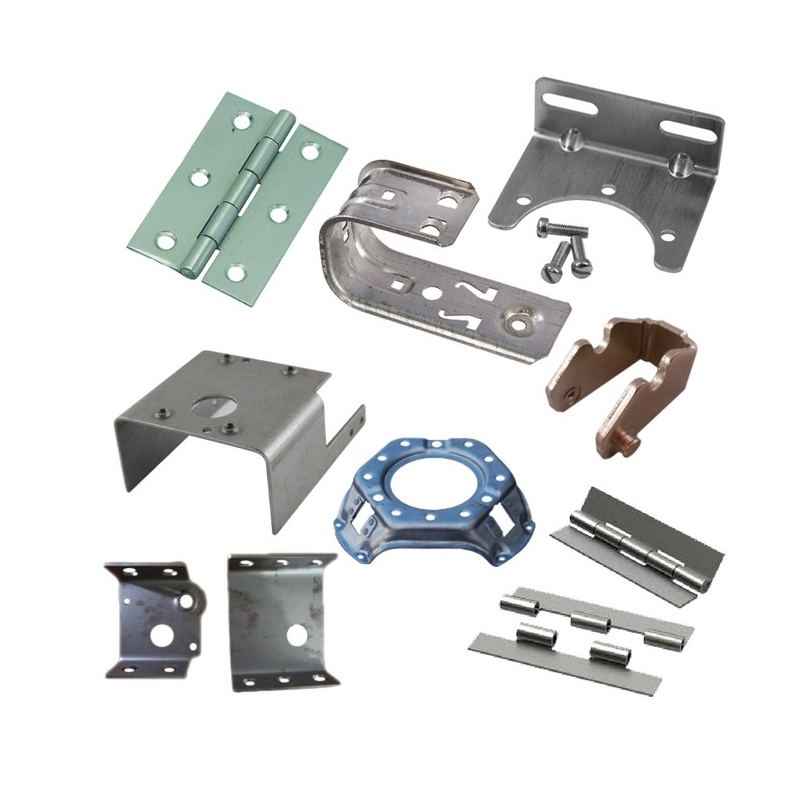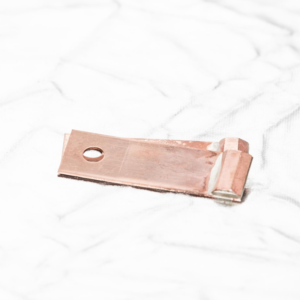Overview:
OEM Sheet Metal Aluminum Components for Automotive are vital parts made from aluminum sheets using metal stamping techniques. These components are essential in vehicles, serving structural, functional, and aesthetic purposes. They contribute to vehicle safety, performance, and efficiency by providing lightweight yet durable solutions for body construction, engine and transmission parts, exterior and interior trim, and heat dissipation components. Overall, they play a crucial role in enhancing automotive functionality and design.
Basic Information:
| Material | Aluminum alloy 6061. 6063. 7075 .5082 and etc . steel alloy /stainless steel , titanium , brass/ copper , plastics and so on |
| Surface treatment | painting , coating , oxide , anodized , powder coating ,or according customer require |
| MOQ | 1000PCS |
| Samples | First will do samples send to customer test , after confirmed quality is ok ,then do production |
| Package | Each parts will use foam pack , outer is wood box or pallet , strong package guarantee products no any damage ,injured during transportaion way. |
| Services | OEM |
| Origin | Xiamen,China |
| Production Capacity | 200000PCS/Year |
| Tolerance | +/-0.005-0.01mm |
| Trade terms | FOB,CIF,CFR,EXW,DDP,DDU |
Surface treatment:
-
Anodizing
Anodizing is a surface treatment process that enhances the corrosion resistance and durability of aluminum components. It involves immersing the parts in an electrolytic solution and passing an electric current through it to form an oxide layer on the surface, which can be dyed for aesthetic purposes.
-
Powder Coating
Powder coating involves applying a dry powder to the surface of aluminum components and then curing them under heat, creating a durable and attractive finish. This process offers excellent corrosion resistance, abrasion resistance, and color options.
-
Chemical Conversion Coating
Chemical conversion coating, also known as chromate conversion coating or chem film, is a surface treatment method that forms a protective layer on aluminum surfaces, improving corrosion resistance and facilitating paint adhesion. It involves treating the surface with a chemical solution containing chromate or phosphate compounds.
-
Brushed Finish
A brushed finish involves creating a textured surface on aluminum components by brushing them with abrasive materials. This process results in a distinctive pattern of fine lines or strokes on the surface, providing both aesthetic appeal and improved scratch resistance.
-
Polishing
Polishing is a surface treatment technique that involves smoothing and shining the surface of aluminum components using abrasives and polishing compounds. It creates a reflective, mirror-like finish that enhances the appearance of the parts and improves corrosion resistance.
Factory Show:
The following are some process diagrams of making metal sheet in our factory.













